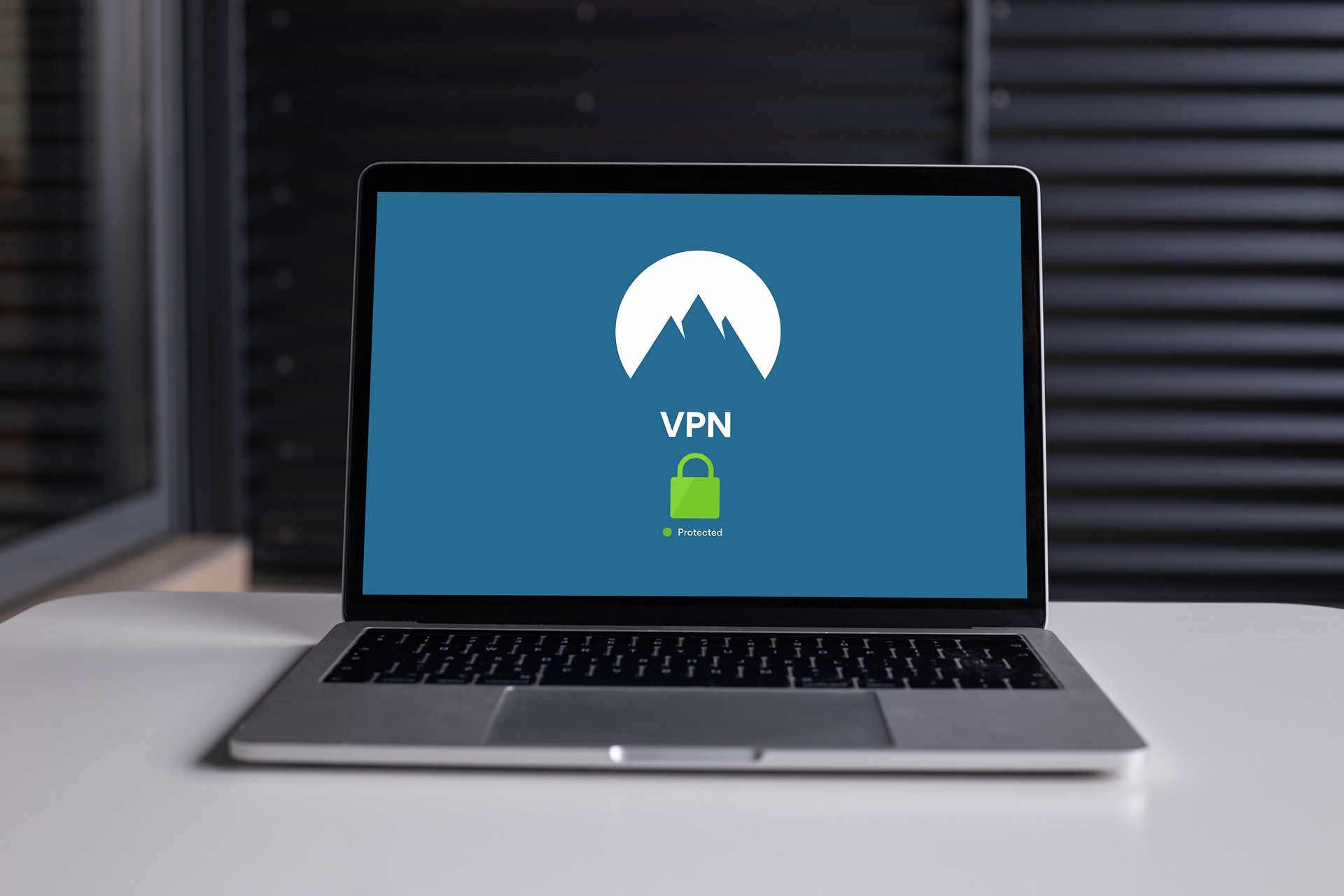Computer Monitoring Software: Uses, Features, and Security
Computer monitoring software collects and reports data about activity on desktops, laptops, servers, and virtual machines to help organizations maintain productivity, troubleshoot issues, and enforce policies. These systems range from endpoint agents that track application usage to network-level tools that analyze traffic patterns. Understanding what is monitored, how software is deployed, and the security implications helps IT teams choose solutions that align with operational needs and legal requirements while respecting user privacy.

computer: what components are monitored?
Monitoring systems can capture a wide range of computer-level data, including running processes, installed applications, file access events, peripheral connections, login sessions, and system performance metrics like CPU, memory, and disk usage. For endpoint monitoring, agents installed on a device collect telemetry and forward it to a central console. Device-level logs can be useful for troubleshooting hardware or software failures, understanding user workflows, and detecting anomalous behavior that may indicate misconfiguration or compromise.
software: types and deployment models
Computer monitoring software is available in several types: agent-based endpoints, agentless network appliances, cloud-based SaaS platforms, and hybrid deployments. Agent-based approaches provide detailed local data but require installation and updates; agentless tools rely on network or system logs and may be easier to roll out. Deployment choices affect scalability, maintenance overhead, and the kind of insights available. Integration with existing helpdesk, asset management, and SIEM tools is often a key consideration for operational efficiency.
monitoring: methods and data collected
Monitoring methods include log collection, process tracing, screen or session capture, keystroke and activity timelines, and network flow analysis. Data collected can be real-time telemetry or aggregated summaries for reporting. Monitoring configurations should balance granularity with storage and privacy concerns; high-frequency captures provide rich detail but increase data volume and retention costs. Clear retention policies and data minimization help ensure monitoring serves operational goals without storing unnecessary personal information.
technology: integration and analytics
Modern monitoring relies on technology stacks that include lightweight agents, centralized collectors, cloud analytics, and machine learning for anomaly detection. APIs and integrations enable correlation with ticketing, identity management, and asset databases. Analytics dashboards allow teams to spot trends, set alerts for threshold breaches, and prioritize incidents. When evaluating solutions, check supported platforms (Windows, macOS, Linux), API availability, and whether the vendor provides on-premises or cloud-native analytics depending on your infrastructure and compliance needs.
security: privacy, compliance, and controls
Security considerations cover both protecting monitoring data and ensuring monitoring activities comply with legal and organizational policies. Access controls, encryption in transit and at rest, audit trails, and role-based permissions reduce risk. Organizations should document acceptable use, obtain necessary consent where required, and implement least-privilege access to monitoring consoles. For regulated environments, align retention and data handling with applicable standards (for example, data protection laws) to avoid compliance violations and to safeguard employee privacy.
The following table lists several established providers and the services they offer, with a concise summary of key features and benefits to help compare options for monitoring needs.
| Provider Name | Services Offered | Key Features/Benefits |
|---|---|---|
| Microsoft Defender for Endpoint | Endpoint detection and response, telemetry collection, threat analytics | Deep integration with Windows, centralized alerts, threat hunting tools |
| CrowdStrike Falcon | Endpoint protection platform, EDR, threat intelligence | Lightweight agent, cloud-based analytics, remote investigation tools |
| ActivTrak | Employee productivity monitoring, application and website use reports | Activity dashboards, productivity analytics, behavior baselining |
| Teramind | Insider risk management, session recording, DLP capabilities | Session playback, policy automation, risk scoring |
| ManageEngine Endpoint Central | Endpoint management, monitoring, patching, asset inventory | Patch automation, software deployment, cross-platform support |
| TeamViewer | Remote access and device monitoring, remote support tools | Remote control, device health checks, integrations for IT support |
Prices, rates, or cost estimates mentioned in this article are based on the latest available information but may change over time. Independent research is advised before making financial decisions.
In choosing computer monitoring software, align technical capabilities with policy and privacy frameworks. Define the goals of monitoring—security detection, productivity insight, compliance, or support—and pick tools that provide required telemetry without unnecessary data collection. Evaluate integration, scalability, and security controls, and ensure stakeholders understand policies and retention practices.
Effective monitoring balances operational visibility with respect for user privacy and legal obligations. Clear governance, documented procedures, and periodic reviews of monitoring scope help organizations maintain that balance as technology and regulatory expectations evolve.





